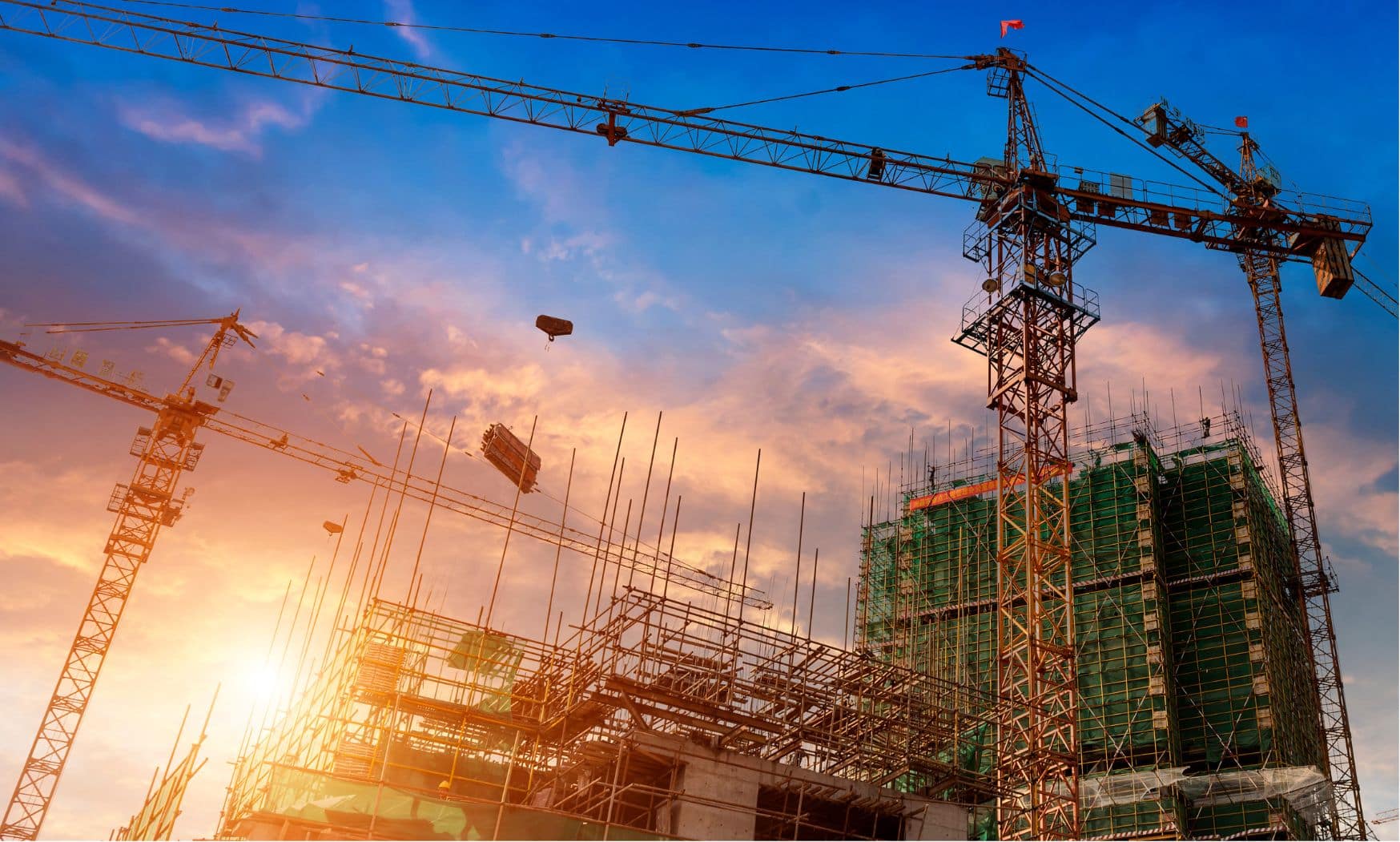
The Top Construction Trends Shaping the Future of Building Projects
In the rapidly evolving world of construction, staying updated with the latest trends is crucial for success. As we embrace new technologies and sustainability practices, the construction industry is experiencing significant transformations. In this blog post, we will explore the top construction trends that are shaping the future of building projects. So, whether you're a construction professional or simply interested in the field, read on to discover the latest advancements in construction.
Prefabrication and Modular Construction
Prefabrication and modular construction have gained immense popularity in recent years. The use of pre-made components and assemblies allows for faster and more efficient construction processes. By utilizing off-site fabrication, builders can save time, reduce waste, and enhance quality control. This trend not only improves construction speed but also promotes sustainability by reducing on-site disruption and minimizing material waste.
Green and Sustainable Building Practices
Sustainability is no longer just a buzzword in the construction industry; it's a necessity. Green building practices, such as the use of renewable materials, energy-efficient designs, and waste reduction strategies, are becoming increasingly prevalent. From incorporating solar panels and rainwater harvesting systems to implementing efficient insulation and green roofs, builders are making conscious efforts to reduce the environmental impact of construction projects.
Building Information Modeling (BIM)
Building Information Modeling, or BIM, is revolutionizing the way construction projects are planned and executed. BIM enables the creation of detailed 3D models that integrate various aspects of a building, including architectural, structural, and MEP (mechanical, electrical, and plumbing) systems. This technology allows for better visualization, clash detection, and collaboration among different stakeholders. With BIM, construction professionals can streamline project management, reduce errors, and optimize resource allocation

Augmented Reality (AR) and Virtual Reality (VR)
Augmented Reality (AR) and Virtual Reality (VR) are transforming the way we design and experience buildings. Architects and designers can use AR and VR tools to visualize spaces, test different design options, and identify potential issues before construction begins. Additionally, VR can provide immersive virtual tours to potential clients, allowing them to experience the finished project even before construction starts. These technologies enhance communication, improve decision-making, and boost client satisfaction.
Robotics and Automation
Automation and robotics are reshaping the construction landscape, making processes faster, safer, and more precise. Robots can perform repetitive tasks, such as bricklaying, 3D printing, and material handling, with greater efficiency and accuracy. Drones equipped with cameras and sensors enable site inspections, progress monitoring, and data collection. By leveraging automation and robotics, construction companies can increase productivity, reduce costs, and improve worker safety.
Summary:
The construction industry is evolving at a rapid pace, with new technologies and sustainable practices leading the way. Embracing prefabrication, green building practices, BIM, AR/VR, and automation can significantly enhance construction efficiency, sustainability, and client satisfaction. By staying up-to-date with these trends, construction professionals can position themselves at the forefront of the industry and contribute to a more sustainable and advanced future of building projects.

